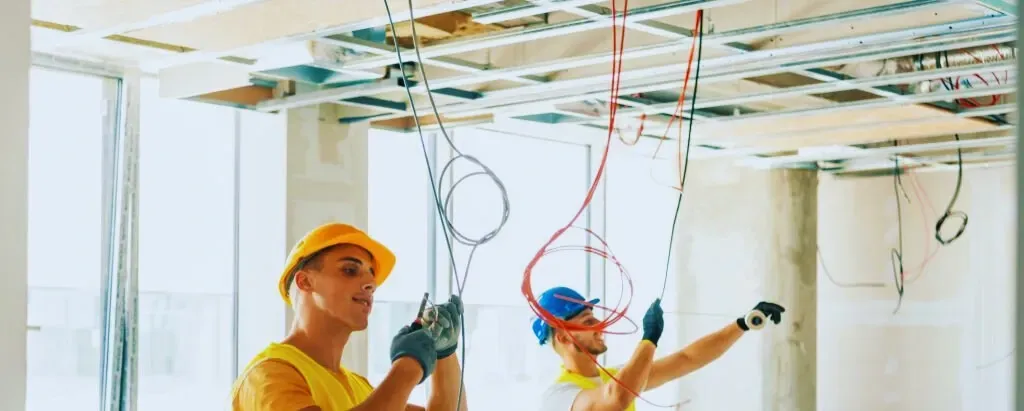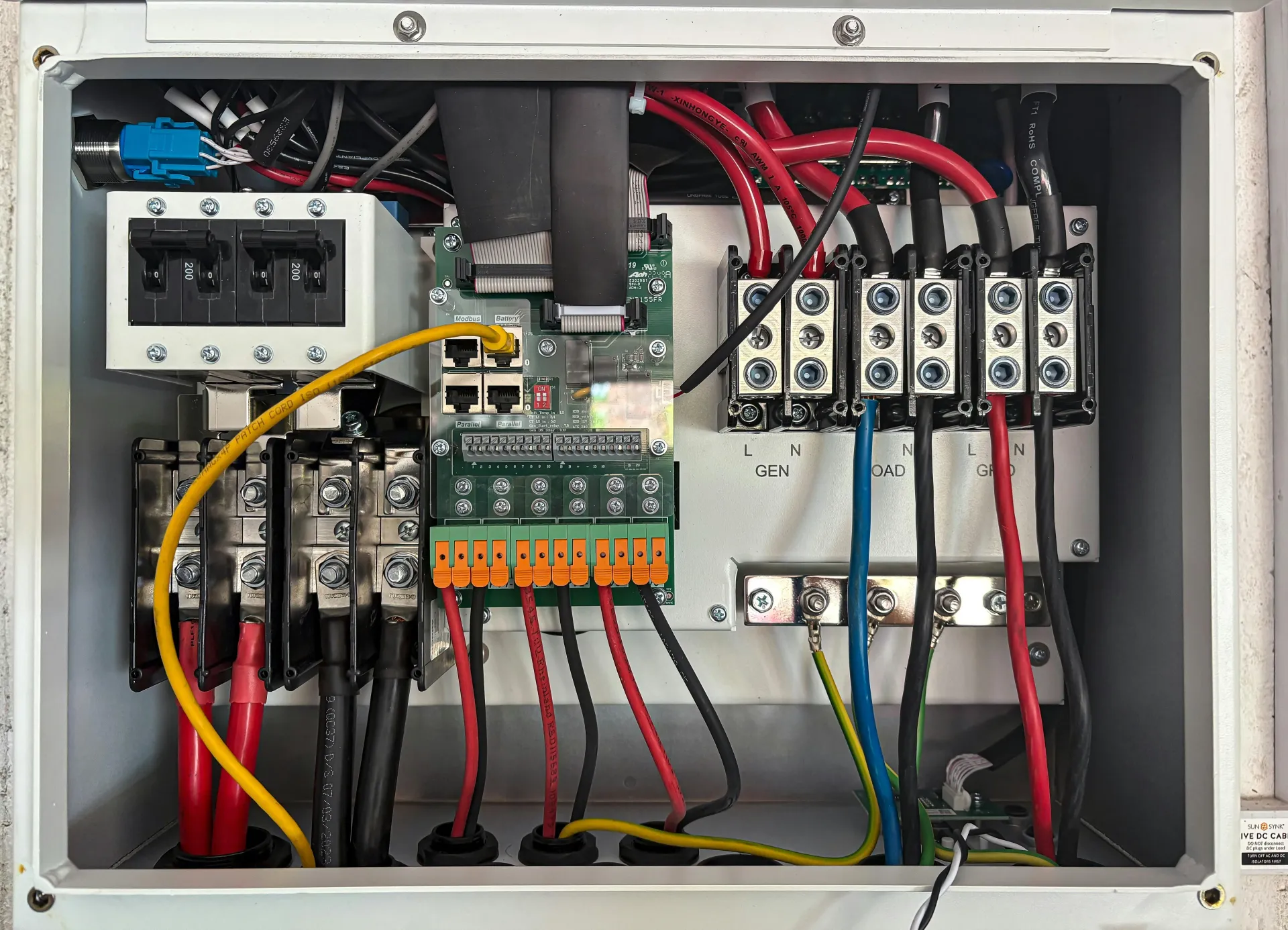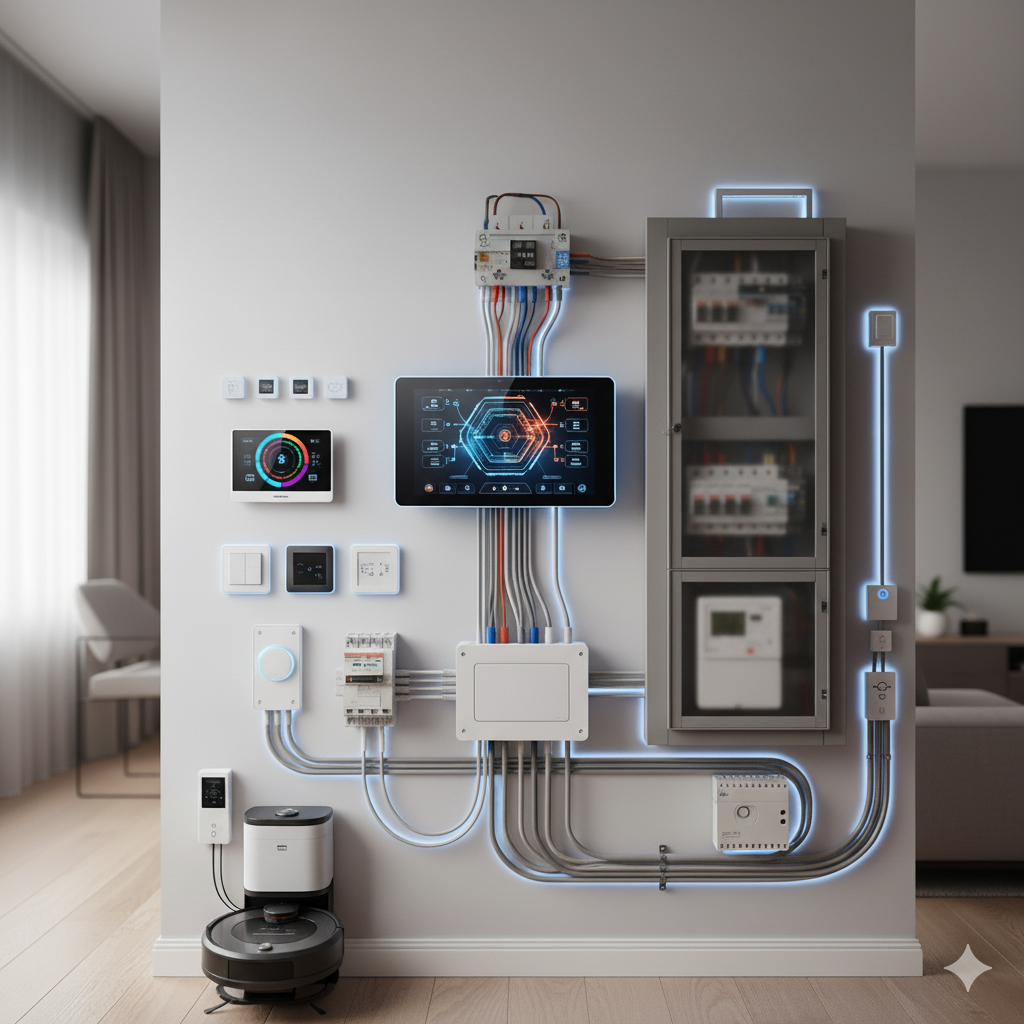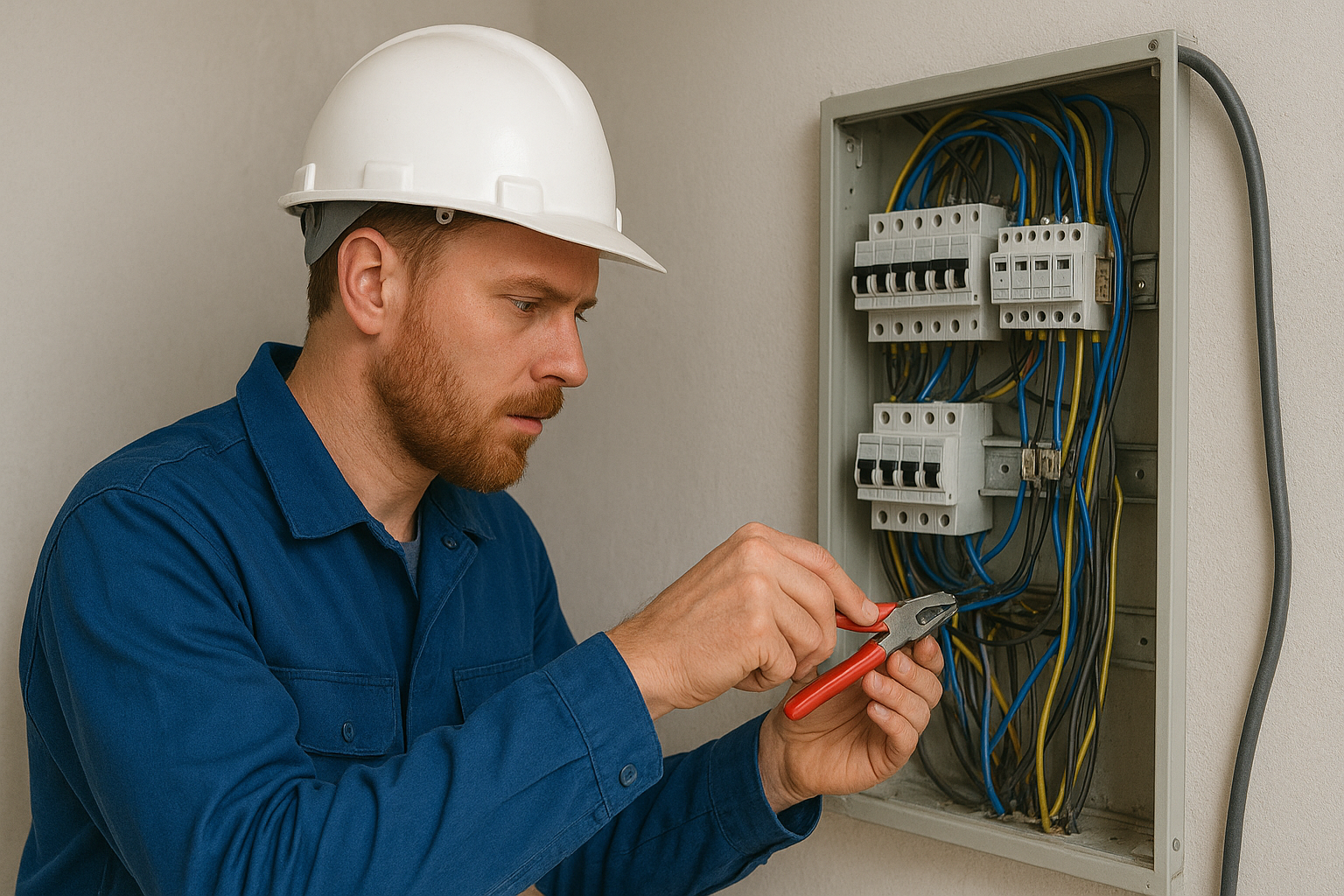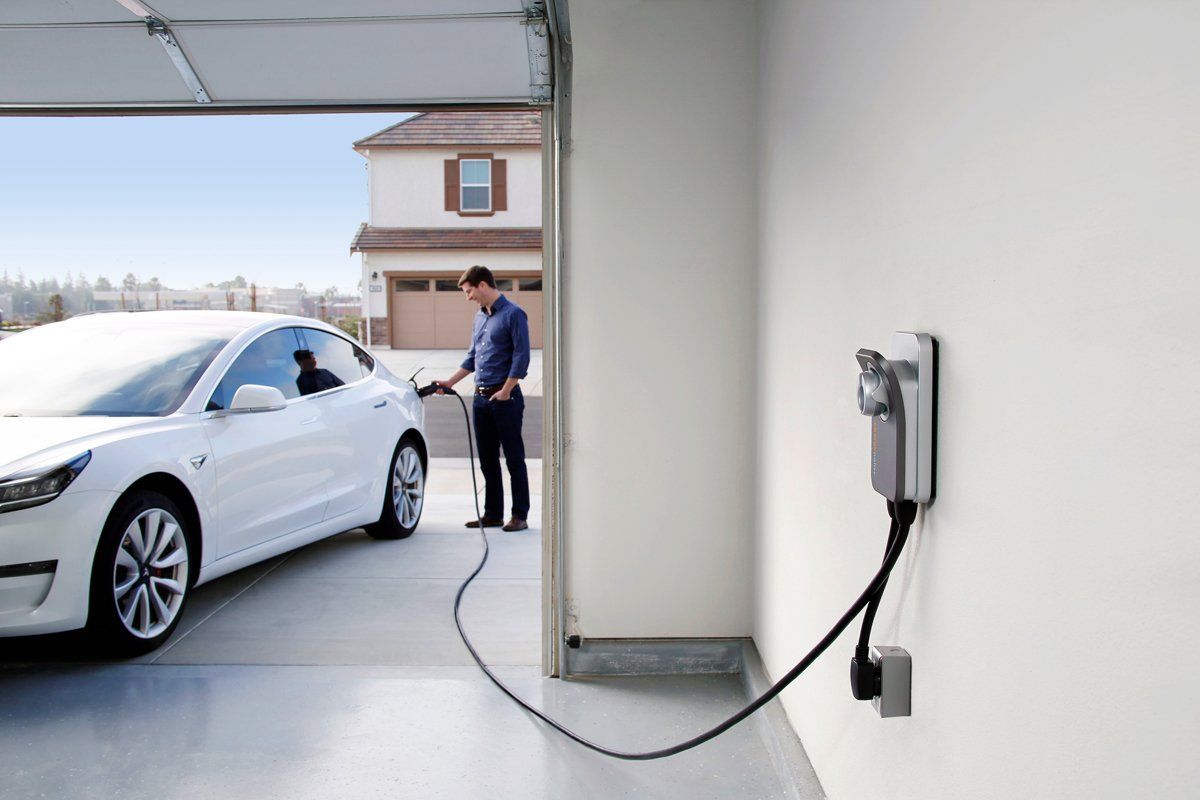Essential Steps to Prepare Your Home for Electrical Service
Every home runs on it, every light switch depends on it, and every modern appliance is powered by it—electrical service. In essence, electrical service is the comprehensive setup that delivers electricity from a utility provider into your home, enabling everything from lighting and heating to charging your phone or running your refrigerator.
Typically, residential electrical service includes a service entrance, panel box, breakers, circuits, and grounding systems. Understanding this system is the first crucial step in preparing your home.
Because electricity is both powerful and potentially hazardous, getting the right setup from the start is critical. Whether you're building a new home or upgrading an old one, aligning with experts like those at Burleson Electric is your first move toward a safe and functional home environment.
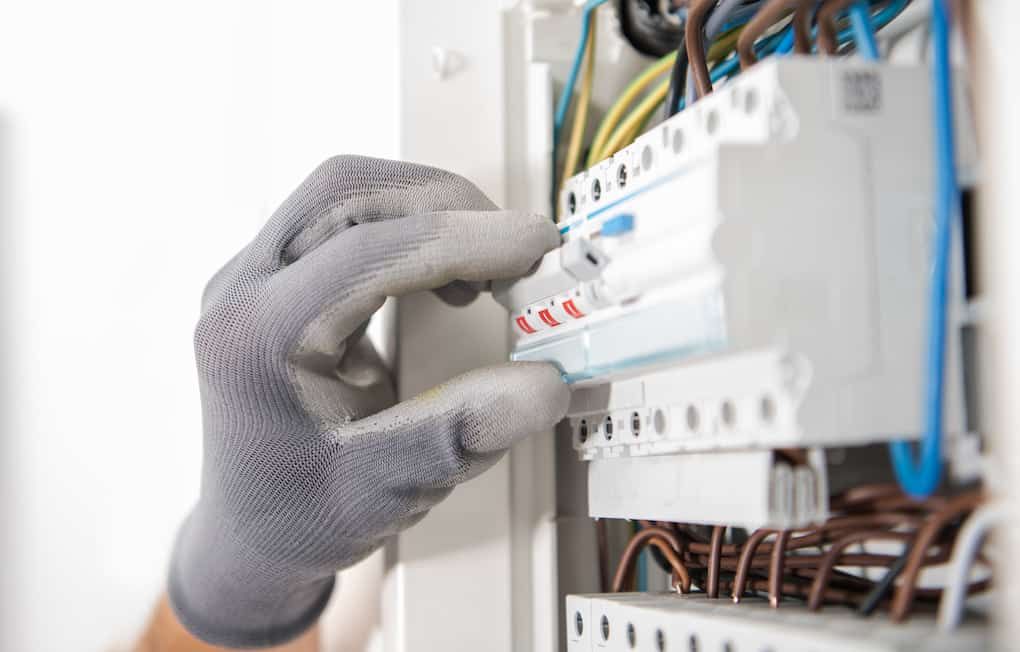
Types of Electrical Service for Homes
Choosing the right type of electrical service is pivotal. Most homes operate on a 100-amp or 200-amp system. However, modern lifestyles—brimming with smart devices, HVAC systems, and electric vehicles—often require more robust setups.
Here's a quick comparison:
Service Type Suitable For Notes
100-amp Small homes, limited appliances Often outdated for modern use
150-amp Medium homes Rare, transitional solution
200-amp Standard for new homes Ideal for modern needs
400-amp Large estates, heavy-duty equipment Includes dual panels
Planning your service capacity in advance avoids future headaches—especially if you're considering smart home integrations or electric vehicle chargers.
How Modern Homes Rely on Electricity
It’s astonishing how integral electricity is today. Beyond powering lights and outlets, it controls heating, cooling, security systems, and even your Wi-Fi router. A moment’s blackout can grind everything to a halt.
In this digitally dependent world, having a reliable electrical infrastructure is no longer optional. It’s an essential feature for safety, comfort, and convenience.
Importance of Proper Electrical Setup
A faulty electrical setup isn't just an inconvenience—it can be dangerous. Overloaded circuits can spark fires. Poorly grounded systems may damage appliances. Non-compliance with local codes can result in hefty fines or insurance issues.
Hence, preparing your home adequately sets the stage for a future-proof and secure living environment.
When Should You Schedule an Installation?
The best time to schedule an electrical service installation is during initial construction or before starting any major renovation. This allows electricians to install wiring, panels, and outlets without needing to demolish or retrofit existing structures.
Try to plan 4–6 weeks ahead, especially during busy seasons. This lead time ensures permits are obtained and professional electricians are available.
How to Choose a Qualified Electrician
Experience matters. Look for licensed electricians with good reviews, valid insurance, and familiarity with local code. Verify credentials and always ask for references. Companies like Burleson Electric provide peace of mind through certified expertise.
Importance of Permits and Inspections
Electrical work isn’t just about wires—it’s regulated by stringent safety laws. Permits are legally required in most areas, and inspections ensure compliance. Skipping this step could invalidate your homeowner's insurance or lead to expensive legal issues later on.
Local Code Compliance and What It Means
Electrical codes vary by region but follow the National Electrical Code (NEC) as a baseline. Common requirements include:
- GFCI outlets near water sources
- Minimum amp ratings
- Proper grounding and bonding
Consult your local building authority or electrician to ensure every aspect is up to par.
Site Evaluation for Electrical Service
Before the first wire is run, a professional should conduct a site inspection. They’ll look for:
- Placement of the service meter
- Grounding conditions
- Access points for wiring
This assessment helps prevent costly reworks and aligns your plan with practical considerations.
Preparing Your Home’s Exterior
Ensure clear access to where the electrical service panel and meter will be installed. Trim bushes, remove debris, and avoid placing obstructions near utility poles or underground lines. Consider the weatherproofing needs if panels will be placed outside.
Ensuring Easy Access to Service Panels
Your main panel must be easily accessible. Don’t hide it behind heavy furniture, in cramped spaces, or areas prone to moisture. Code typically requires 3 feet of clearance in front and 30 inches wide, so plan your interior layout accordingly.
How to Prepare an Electrical Plan
Create a detailed plan identifying all outlets, light fixtures, major appliances, and future needs (like EV chargers). This is especially important in new builds or renovations. It helps electricians allocate loads properly and future-proofs your home.
Fire Safety Considerations
Electrical fires are no joke. Old or frayed wires, overloaded outlets, and improper installations can all spark disaster. Use AFCI breakers where needed, check smoke detectors, and ensure your system has updated wiring and circuit protection.
Working Around Water and Moisture Zones
Bathrooms, kitchens, basements—these areas need GFCI protection. Water and electricity don’t mix, so plan for waterproof casings, sealed outlets, and proper distance from plumbing fixtures.
Preventing Overloads and Short Circuits
To prevent system failures or even fires:
- Use breakers matched to wire gauge
- Don’t overload circuits with too many devices
- Install surge protectors for sensitive electronics
Being proactive now saves massive repairs later.
Grounding and Surge Protection Essentials
A proper grounding system diverts excess voltage safely into the earth. Surge protectors add another layer of security for your electronics. These are crucial, especially in areas prone to lightning or unstable power grids.
Service Panels and Subpanels
The heart of your home's electrical system is the service panel. If your home is large or has multiple outbuildings, you may need subpanels to distribute power more efficiently. This setup also helps isolate problems and simplifies upgrades.
Breakers, Fuses, and Wiring Types
Fuses are outdated; circuit breakers are the modern standard. Breakers can trip and reset—fuses must be replaced. Also, understand wire types:
- Romex (NM) for dry areas
- MC (metal-clad) for exposed locations
- UF (underground feeder) for underground runs
Choose wisely and consult a pro if unsure.
Smart Home Devices and Compatibility
From thermostats to lighting to security, smart home tech is booming. Make sure your electrical system includes:
- Ample outlets and ports
- Strong Wi-Fi coverage
- Surge protection
Modern systems also allow remote monitoring and control, making daily life more convenient and efficient.
Energy-Efficient Electrical Fixtures
LED lighting, ENERGY STAR appliances, and programmable thermostats help you conserve electricity and lower bills. Consider upgrading during the installation phase—it’s easier and more cost-effective.
What to Expect on Installation Day
Expect some disruption. Electricians will shut down power, drill, install panels, and run wires. Pets should be secured, and work areas cleared. A good contractor like Burleson Electric will minimize mess and explain every step.
How to Communicate with Electricians
Clear, respectful communication ensures smoother service. Discuss timelines, concerns, future plans, and emergency procedures in advance. Don’t be afraid to ask questions—your safety depends on understanding what’s being installed.
Managing Temporary Power Needs
Need to stay powered during work? Use battery backups or portable generators. For long-term projects, electricians might install temporary panels or power supplies to keep essential systems running.
Common Installation Challenges
Challenges include:
- Unforeseen wiring issues
- Delays in inspection approvals
- Weather interruptions for exterior work
Stay flexible and maintain open dialogue to keep things on track.
Final Inspection and Sign-Off
Your job isn’t complete until a certified inspector gives it the green light. This includes:
- Verifying code compliance
- Testing breakers and outlets
- Checking grounding systems
Once approved, your system is ready for use!
Troubleshooting Common Post-Setup Issues
Experiencing flickering lights or a tripping breaker? These are often signs of:
- Overloaded circuits
- Loose connections
- Faulty fixtures
Contact your electrician or use the Contact page to resolve issues promptly.
Scheduling Regular Maintenance
Electric systems need periodic care. Schedule an annual check-up to inspect wires, breakers, and panel connections. This helps prevent long-term wear and electrical inefficiencies.
Updating Your Electrical Panel Over Time
Technology evolves, and your panel should too. If you're constantly resetting breakers or planning to add more devices, consider an upgrade every 10–15 years.
Long-Term Value of Electrical Upgrades
Think beyond cost—electrical improvements boost:
- Property value
- Energy savings
- Insurance discounts
- Safety for your family
Electrical Setup for Renovations
If you're remodeling, check your electrical system early. Don’t assume it’s ready for new loads or layouts. Electrical prep should be your first priority, not your last.
Upgrading from Fuse to Breaker Systems
Still using fuses? It’s time to modernize. Breakers are safer, faster, and easier to maintain. Plus, many insurance companies won't cover homes with outdated systems.
Handling Older Homes and Historical Properties
Vintage charm meets modern complexity. Always have an expert assess old wiring, often cloth or knob-and-tube. Upgrades must respect structure while ensuring safety.
Pre-Installation Checklist
- Choose licensed electrician
- Finalize load calculations
- Obtain permits
- Clear installation site
- Prepare for inspection
Post-Installation Maintenance Guide
- Test GFCIs monthly
- Label panel circuits clearly
- Check for burnt outlets or odors
- Keep panel area accessible
Where to Get Help or Ask Questions
Still unsure? Use this Contact form for expert guidance or schedule a consultation with Burleson Electric’s seasoned team.
FAQs
What size electrical service do I need for a new home?
Most modern homes require a 200-amp service to handle all appliances and devices efficiently.
Do I need permits for electrical service installation?
Yes, permits are typically mandatory and ensure your system complies with safety codes.
Can I install electrical service myself?
It’s not recommended unless you’re licensed. Mistakes can be dangerous and illegal without proper certification.
How often should my panel be inspected?
Ideally, every 1–2 years, especially if you add new appliances or experience power issues.
What’s the difference between a fuse box and a circuit breaker?
Fuses must be replaced when blown, while breakers can simply be reset—making them safer and more convenient.
Are smart home upgrades worth the effort during installation?
Absolutely. Including smart devices now saves time and money later, and integrates your systems seamlessly.
Conclusion
Properly preparing your home for electrical service is not just smart—it’s essential. Whether you’re building, renovating, or upgrading, each step—planning, safety, budgeting, and execution—plays a role in a smooth and secure installation. By partnering with a trusted provider like Burleson Electric, you ensure that your family and your property are protected for years to come.
Links:
